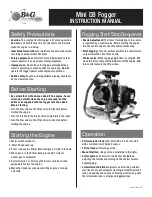
Figure 4
Adipocyte differentiation properties of TF-transduced CMPs. (
a
) Phase contrast microscope images. CMPs were transduced using a combination of OSKM, SKM,
KM, K and M Sendai virus. The white bar indicates 200
μ
m. (
b
) qRT-PCR analysis of the expression of each gene in CMPs at day 8. Individual RNA expression levels were
normalized to
Gapdh
expression. Error bars indicate S.E. (
n
=
3). * and ** indicate significant changes compared with KM-treated CMPs (white box,
P
o
0.05 and 0.01,
respectively). (
c
) Calculation of Oil Red O staining area. Each well image was captured using a Keyence BZ-X700 digital microscope. The black bar indicates 5 mm (left). The
graph shows the percentages of the total area that were positive for Oil Red O staining (right). Error bars indicate S.E.; * and ** indicate significant changes (
P
o
0.05 and 0.01,
respectively). OKM:
Oct4, Klf4
and
c-Myc
; SKM:
Sox2
,
Klf4
and
c-Myc
; KM:
Klf4
and
c-Myc
; K:
Klf4
; M:
c-Myc
. Negative cntrl: untreated CMPs
Cardiac adiposity is regulated by
Klf4
and
c-Myc
D Kami
et al
6
Cell Death and Disease






























